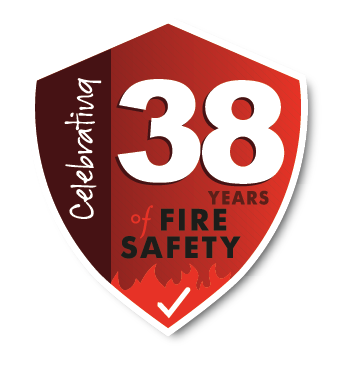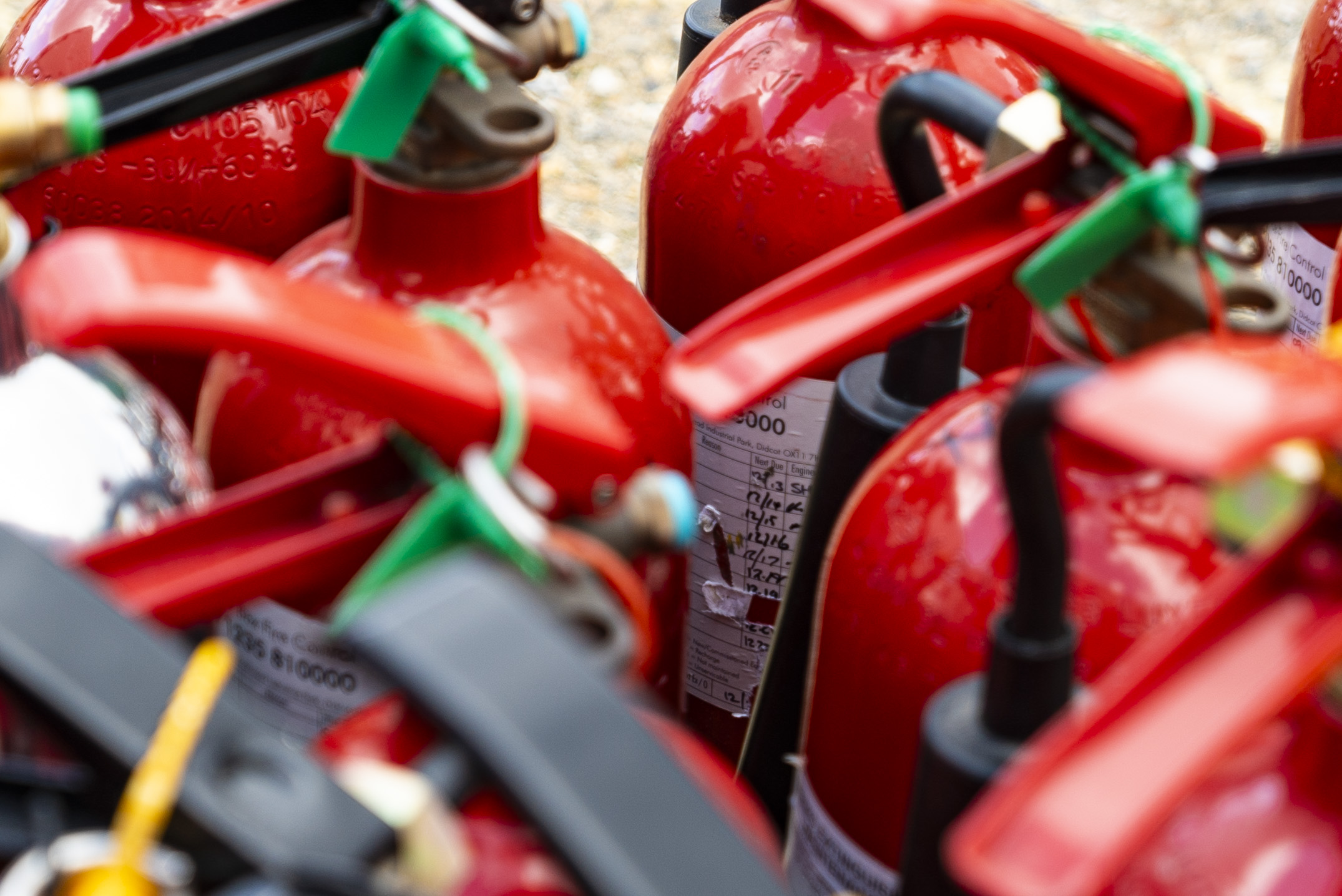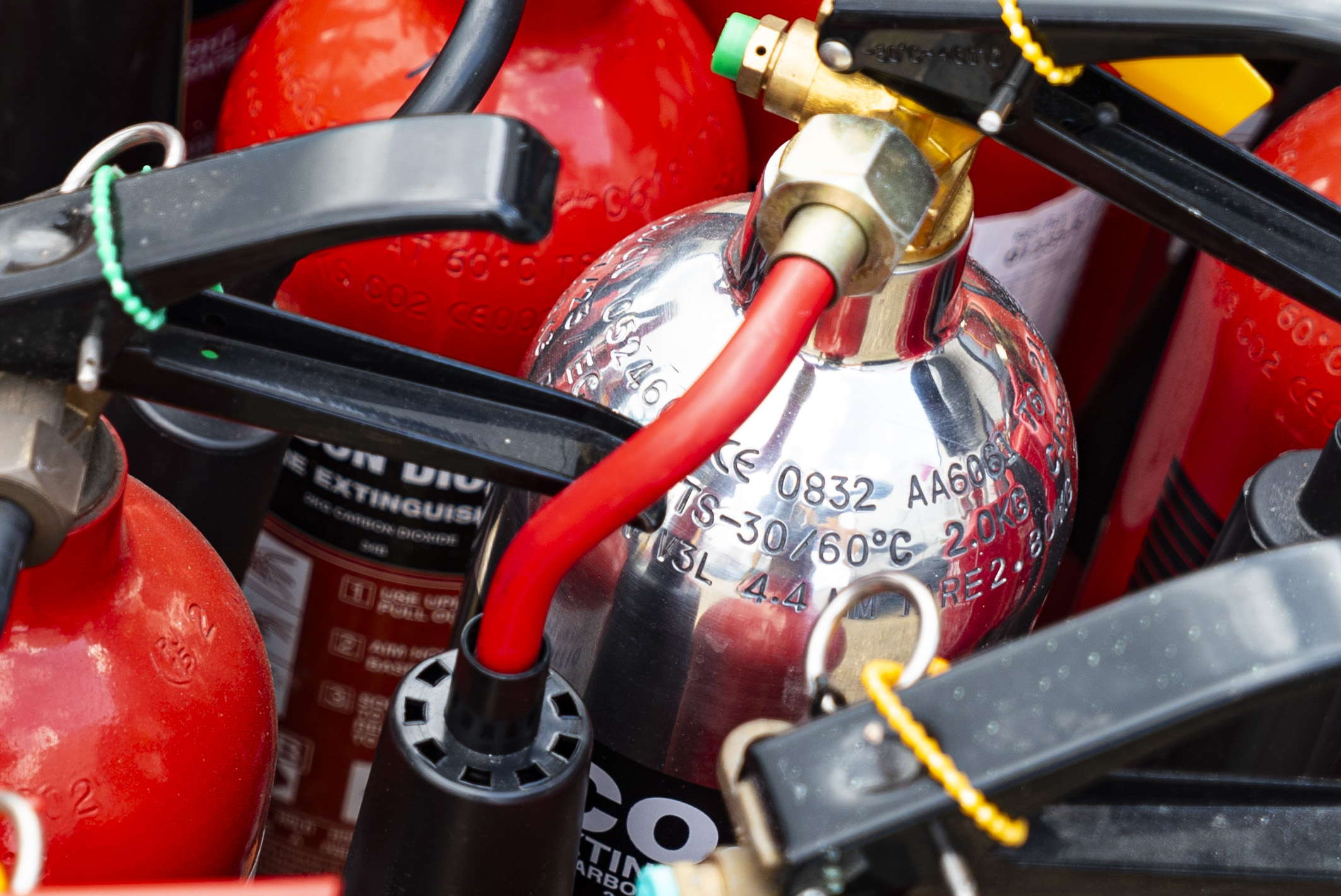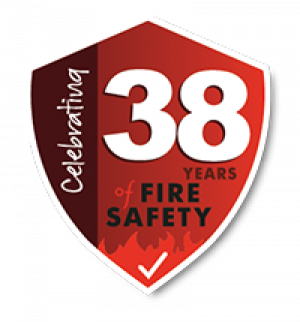Fire Safety Legislation
Fire safety is an important issue in any country, and the UK is no exception.
In 2006, the UK government made some significant changes to fire safety law in an effort to reduce the number of fires and improve safety in general. The most notable change was the introduction of the Regulatory Reform (Fire Safety) Order, which repealed the Fire Precautions Act 1971 and revoked the Fire Precautions (workplace) Regulation 1997.
This new piece of legislation placed a greater emphasis on fire risk assessments and required all businesses to carry out a comprehensive assessment of their premises and Fire Safety procedures.
The goal of these changes was to reduce the number of fires and make Fire Safety a priority for all businesses in the UK.
Here is a brief summary of the significant parts of the Order that affect all of us who run a business or institution located in a building, based on the key words used and their meaning and significance:

Changes to Fire Safety Law in the UK during 2006
Regulatory Reform (Fire Safety) Order effective 1st October 2006.
Key words |
Meaning and significance |
Responsible Person |
The person who owns or controls the business or premises. (Where two or more such persons share responsibility (ie Landlord / Tenant) they are obliged to co-operate.) This person is responsible for the safety of the Employees and other Relevant Persons by properly managing the following: -
These terms are amplified below. The Responsible Person must appoint one or more Competent Person(s) to assist in the delivery of the above. Failure to carry out these responsibilities may result in Enforcement by the Enforcing Authority through the actions of an Inspector. Conviction of failing to comply may lead to a penalty consisting of a fine or up to two years imprisonment. |
Competent Person |
This could be an employee or an outside contractor (ie Fire Extinguisher Engineer). Competence is demonstrated through sufficient training, experience and knowledge. A Competent Person must be appointed to carry out Fire Fighting duties (where appropriate), contact the Emergency Services, and assist in evacuations. This person would typically be a "Fire Warden". |
Employee |
A broad term which can include sub contractors, self-employed and casual workers. The Responsible Person must consult employees on Fire Safety matters and provide them with information. An employee must not act in a way that endangers himself or others and must co-operate with the employer. |
Relevant Person |
Anyone other than an employee who may be on the premises or affected by an incident arising in the premises. |
Enforcement |
Failing to comply with the relevant articles of the Order may result in a fine or up to two years imprisonment. |
Enforcing Authority |
Usually the local Fire Brigade, but the HSE, MOD and Local Authority are also responsible for specialised establishments under their control. |
Inspector |
Usually the local Fire Officer. He may enter a premises (but not by force) to inspect, ask about the extent of the premises and the identity of the Responsible Person, inspect or copy Fire Safety Records, and take samples of certain materials. |
Fire Risk Assessment |
This is the central plank of the Order and must be formally recorded if the Responsible Person employs 5 or more people, or if the premises are licensed or the Inspector requires it. The Fire Risk Assessment must record significant findings and any action required as a result of the findings. It must be reviewed regularly and when any significant changes to the building or work activity occur. |
Policy |
There must be a policy in place which aims to minimise the risk of fire, reduce the spread of any fire, provide means of escape, and take preventative action. |
Procedures |
Procedures for dealing with a fire must be set up and recorded. They must identify circumstances that trigger the emergency procedure and give details of the evacuation and readmission drill. In addition measures must be identified to ensure that evacuation routes are clear, that Fire Extinguishers are provided and maintained, that employees are given appropriate instruction or Training, and that visitors are controlled and informed. |
Records |
Records should be kept of the Fire Risk Assessment, Fire Safety Policy, Procedures, Training, Drills, and Installation and Maintenance of Alarms, Emergency Lighting and Extinguishers. |
Means of Escape |
Must be provided and kept clear at all times. The Evacuation Route must be clearly marked with appropriate Signs. |
Signs and Notices |
Appropriate signs must be deployed to mark Evacuation routes, Fire Fighting Equipment and Fire Doors. Notices must be displayed reinforcing instructions to employees (Fire Action notice). |
Fire Detection and Alarm |
Appropriate Fire Detection and Alarm Systems shall be provided. |
Emergency Lighting |
Escape Routes must be provided with Emergency Lighting. |
Fire Extinguishers |
Appropriate Fire Fighting Equipment must be provided. |
Staff Training |
All Employees must be given adequate Fire Safety training (during normal working hours) when they commence employment and receive refresher training as appropriate, or when circumstances change which affect Fire Safety. |
Fire Doors |
Measures must be taken to reduce the risk of spread of fire. Fire resisting walls and doors must be kept in good order and the doors equipped with appropriate seals and self closing devices. |
The Order is not always clear as to what is deemed "appropriate" regarding Fire Safety measures. However it is generally held that conformity with the relevant corresponding Regulation or British Standard will give adequate cover in most circumstances. These are: -
- Safety Signs - The Health and Safety (Safety Signs and Signals) Regulations 1996; BS5499 part1 1990.
- Fire Extinguishers - BS5306 part 3 (provision); BSEN3 (manufacture).
- Fire Alarms - BS5839: part1 2002 (commercial) and part 6 2002 (HMO and domestic).
- Emergency Lighting - BS5266 (buildings other than Places of Entertainment).
Fire Safety legislation and guidance links
The whole 64 pages of the Regulatory Reform (Fire Safety) Order can be found at the Office of the Deputy Prime Minister.
View the Government Fire Risk Assessment guides series.
If you would like some help, call us on 0808 168 7000 or contact us.




